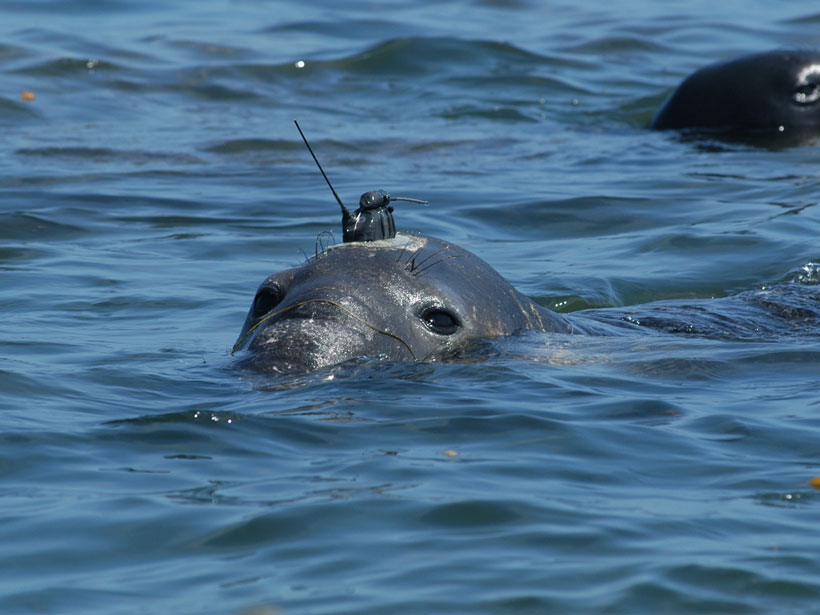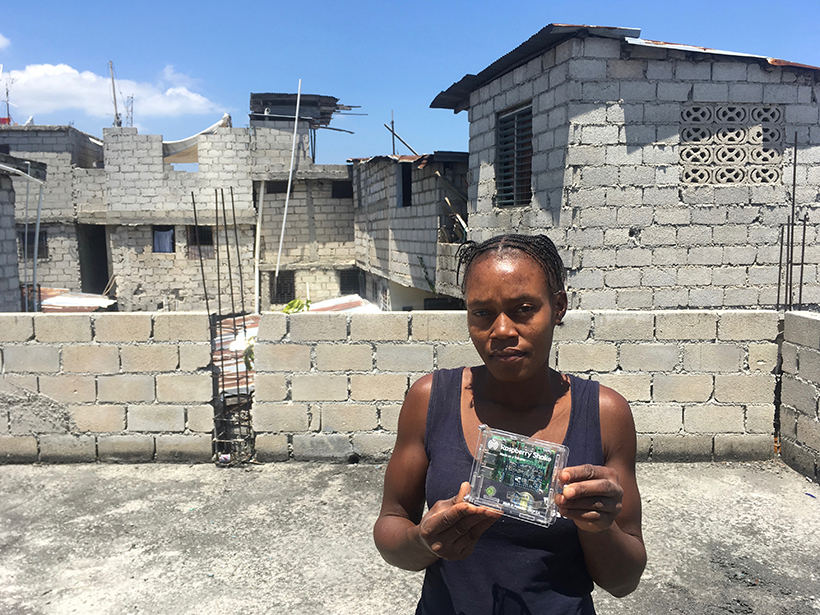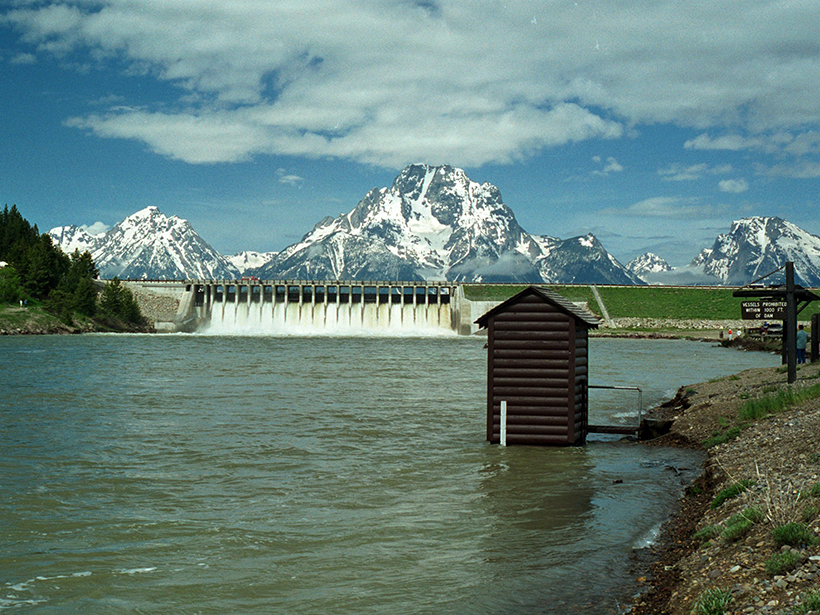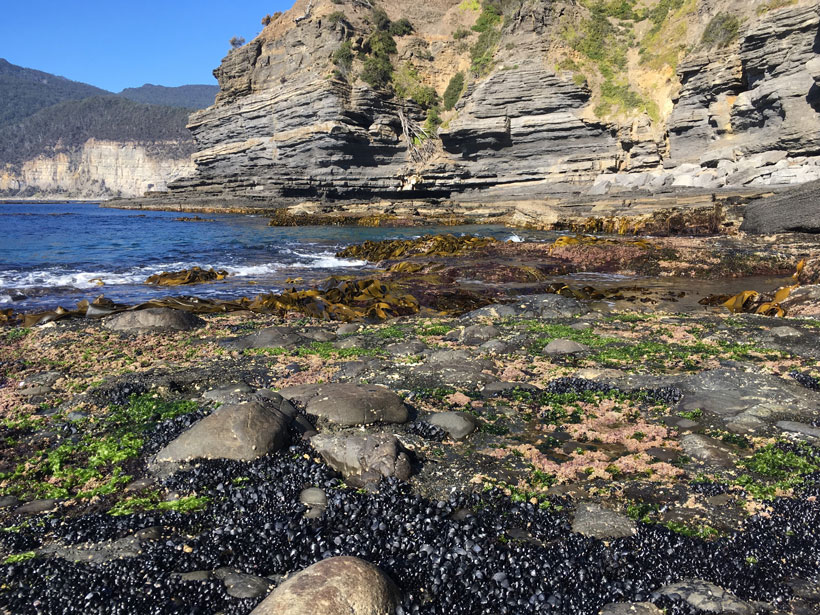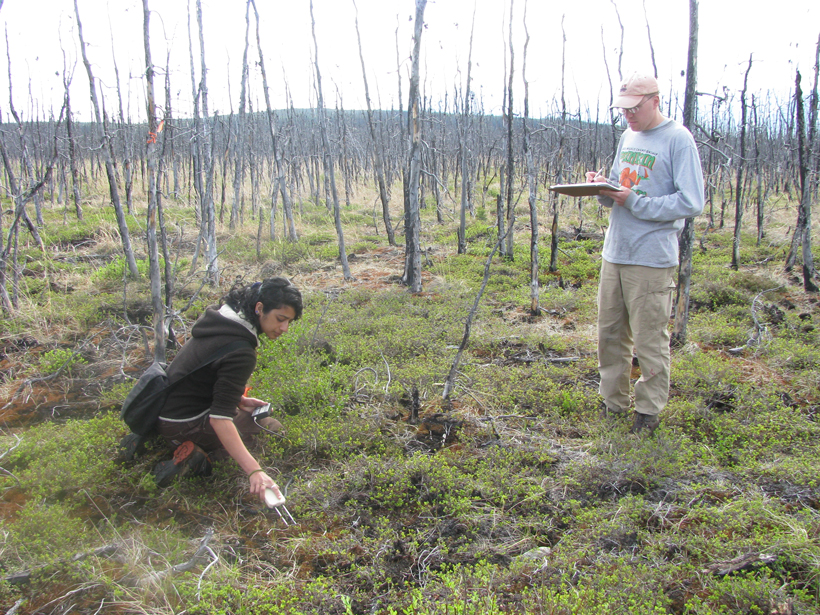Identifying the Backbone of a Global Observing System for Marine Life and Planning Its Implementation for the Next Decade; Santa Barbara, California, 5–7 March 2019
monitoring networks
Deciphering the Fate of Plunging Tectonic Plates in Borneo
What happens when subduction stops? A team of scientists installed a dense seismic network in Borneo to investigate causes and consequences of subduction termination.
Monitoring Haiti’s Quakes with Raspberry Shake
A network of “personal seismometers” is intended to complement Haiti’s national seismic network to engage and inform residents about earthquake hazards and preparation.
Underground Robots: How Robotics Is Changing the Mining Industry
From exploring flooded sites to providing alerts, use of robotics aims to “increase the arsenal of tools that can help miners work more safely and efficiently.”
National Volcano Warning System Gains Steam
It took more than a decade, but a bill that funds U.S. volcano monitoring efforts and establishes a single system became law on 12 March.
A Digital Mayfly Swarm Is Emerging
Low-cost, open-source data collectors and a suite of collaborative online tools are making big leaps in the field of watershed monitoring.
Exploring Uncertainty in Streamflow Estimates
A review of streamflow uncertainty estimation methods reveals that one method does not fit all situations and provides recommendations for how to improve streamflow estimates.
Keeping a Watch on Seaweeds: The Forests of the World’s Coasts
Planning the Implementation of a Global Long-Term Observing and Data Sharing Strategy for Macroalgal Communities; Hobart, Tasmania, Australia, 24–26 September 2018
Mapping and Monitoring Soil Moisture in Forested Landscapes
Monitoring Forest Soil Moisture for a Changing World; Ann Arbor, Michigan, 15–17 May 2018
Global Ice Monitoring Satellite to Launch as Early as This Week
The soon-to-launch satellite will measure the height and thickness of sea ice, glaciers, ice sheets, and permafrost around the world to an unprecedentedly high precision.

